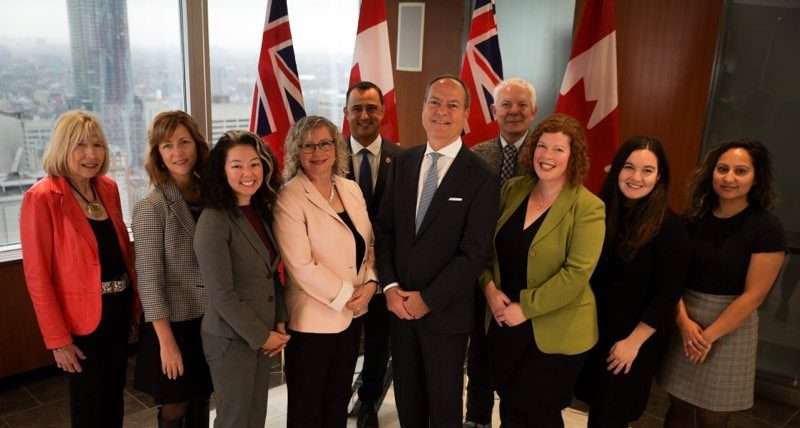TPAM: Transfer Payment Administration Modernization
July 2021 update
The Ontario Government continues to work on streamlining transfer payment agreement (TPA) processes, including through the Transfer Payment Ontario (TPON) platform. ONN and the TPON team periodically convene a group of nonprofits to provide ongoing feedback on the platform as more programs are onboarded. You can learn more about the latest updates from this slide deck provided to the June 2021 convening.
December 2019 update
The Auditor General of Ontario has released a report on Grants Ontario (now Transfer Payment Ontario, or TPON). Read about it in our blog post.
Background
In 2018, the Government of Ontario published a new Transfer Payment Operational Policy to accompany the Transfer Payment Accountability Directive.
Over the last few years, ONN’s Joint Funding Reform Forum contributed to its development through a consultation hosted by Treasury Board Secretariat and in many other ways.
ONN is pleased that the final operational policy includes:
- Many features from the Open for Business report, which marked the start of ONN’s funding reform work
- Principles that were co-designed with the sector are front and centre
- Template agreements that provide some standardization across ministries and programs
- Electronic forms and signatures that can be used, and there is a streamlined renewal process for ongoing agreements when no changes (terms and conditions, funding levels) are required from one term to the next
- A common registration system that should prevent duplicate information requests if ministry staff can find what they need in the common system
- Proportional oversight that means, for those who qualify, there is greater budget flexibility (ten per cent across budget lines, excluding administrative costs, within the same funding year/agreement) and reduced administrative burden through mechanisms such as the elimination of first-quarter reports.
However, we have noted that there are a number of critical gaps in the Operational Policy that will need to be addressed, including:
- No guidance to ministries on minimum thresholds for indirect/administrative costs in funding agreements
- Access to proportional oversight (i.e., reduced reporting requirements, budget flexibility, and streamlined agreement renewal) is guaranteed only for organizations with low-risk status who are delivering low-risk programs. It is discretionary for all others, including low-risk organizations offering medium-risk programs, for instance
- There is no standardized risk assessment process across ministries to determine which organizations will be eligible for a reduced reporting burden.
ONN has expressed our concerns about the policy’s gaps and the amount of Ministry discretion. We are confident that this is a “first step” and that discussions will continue on elements of the policy that can be strengthened.
We look forward to continuing to work with the Treasury Board Secretariat.
We encourage all nonprofits that receive provincial funding (including through provincial agencies, Local Health Integration Networks, and the Ontario Trillium Foundation) to become familiar with this directive and policy and discuss the implementation of this policy with their funders.






